The deadlift is an exercise for anyone looking to get bigger and stronger. Not only that, when done and done right it can prevent injury and even improve mobility. So if you want to be a more robust human, the deadlift is an exercise you can’t skip.
But since deadlifts hit multiple muscles on the back side of the body, where does it fit in your training?
The truth is deadlifts are both a leg exercise and a back exercise; the human body moves in patterns and patterns require multiple muscles to contract to achieve those patterns.
The conventional deadlift is comprise of two movement patterns:
-
a squatting pattern (a knee dominant movement)
-
a hip-hinging pattern (a hip dominant movement)
So naturally deadlifts will hit multiple muscle groups and can be done on different training days.
Let’s get into all of this. By the end of this article you’ll know where deadlifts go in your training.
Muscles worked with Deadlifts
The deadlift is a compound exercise which means it requires movement from multiple joints in the body. This means it hits multiple muscles in the body every time you do the movement. Muscles move joints, so an exercise that primarily involves extending (straightening) the knees and hips will require muscles crossing over those joints to produce the force to complete the movement.
Note: What follows applies to the conventional barbell deadlift. We’ll get into that after we discuss the conventional deadlift.
Leg muscles worked with Conventional Deadlift
For the conventional deadlift the movement will hit the thigh and hip muscles. Specifically:
-
The quadriceps muscles
-
The hamstrings muscles
-
The gluteal muscles (gluteus maximus in particular)
The quadriceps will straighten the knees, the hamstrings and gluteus maximus will straighten the hip and collectively the body will move to an upright position (the completion of the deadlift).
Back muscles worked with Conventional Deadlifts
The erector spinae muscles are a group of back muscles that are involved in the deadlift. They help keep the torso from collapsing forward and the lumbar spine (lower back) from rounding during the movement. These muscles run further up the back than most lifters realize but for the sake of this article we can think of them as lower back muscles.
You don’t need to know the individual muscles but if you’re curious the erector spinae includes:
-
The iliocostalis
-
The longissimus
-
The spinalis
Random tip: When I was learning these muscles years ago I always remembered them as the “I Love Spaghetti” muscles (each letter referring to the first letter of the muscle name). That’s a free tip for you if you want to be an anatomy nerd like me.
These muscles aren’t the primary muscle group involved in the deadlift but they do contribute to a degree, especially in keeping the torso at the right angle and preventing the lower back from rounding during the movement.
Upper back
While not a primary muscle involved in the deadlift the trapezius muscle is worth mentioning. This is the large middle and upper back muscle often called the traps or trap muscle.
The upper fibers of the trap muscle (the fibers along the top of your shoulders and back of your neck) help prevent your shoulders and arms from being pulled down when you hold the barbell.
As such your upper traps are under a lot of sustained effort during the deadlift. This is why lifters often feel sore in their mid-upper back after a heavy deadlifting session and why the case is often made for deadlifts being a back exercise.
Muscle differences with Deadlift variations
Yes the traps do contribute to the deadlift just not as a primary mover of the barbell. While an entire blog post could be written on how muscle activation patterns change with each type of deadlift variation, that’s not the purpose of this article. And thankfully the changes are minor; the muscle groups involved with each variation are similar and won’t be the deciding factor on whether you should do your deadlifts on leg day or back day.
Let’s go through three common deadlift variations and what to consider when deciding what day to do them on.
Romanian Deadlifts
Compared to the conventional deadlift, the main difference with Romanian deadlifts (RDL) is no knee movement and the resulting heavy emphasis on hip movement (hip-hinge pattern).
Less quadriceps recruitment during the movement and more emphasis on muscles that extend the hip and torso. These muscles are on the back side of the body and include:
-
The hamstring muscles
-
The gluteus maximus
-
The erector spinae muscles.
If you’re trying to figure out where to put these deadlifts in your program they’ll very likely fit into leg day but it’s easily justifiable to do them on back day as well.
Some lifters like to do RDLs towards the end of a training session to challenge their erector spinae muscles. If you’re using RDLs for this exercise however you may want to do barbell good mornings instead since they place more emphasis on the lower back muscles.
Trap bar (hex bar) Deadlifts
When looking at muscle recruitment patterns the main feature of trap bar deadlifts is the increased quadriceps activation. This is because the weight is in line with the lifter not in front of them. The result is more direct quadriceps involvement.
Also since the torso is more upright throughout the entire lift the erector spinae muscles are under less stress than the conventional deadlift (which has the torso at a forward angle).
So trap bar deadlifts are a leg day exercise not back day.
Sumo Deadlifts
The sumo deadlift involves a stance wider than the width of the lifter’s shoulders. It places more emphasis on the hip and adductor (inner thigh) muscles and keeps the torso more upright. With the torso upright less emphasis is placed on the erector spinae muscles.
Given the increased demand on the hip muscles and decreased demand on the lower back muscles sumo deadlifts should be in the “leg day” category.
To be clear the lower back muscles are still working but with less intensity due to the upright torso position throughout the lift.
Back day or Leg day
There’s no rule that says deadlifts have to be done on a certain type of training day.
Now, based on your training goals there may be bad choices for when you do them but ultimately the decision of which training day is best for deadlifting will depend on several factors.
These factors can include:
-
The type of training split your program uses (upper body day, pull day, full body day, etc.)
-
The type of deadlift you’re doing (conventional, trap bar, sumo, etc.)
-
The overall deadlifting volume you’re doing (loads used, sets, reps, and overall intensity).
Training Split Considerations
The type of training split your program uses can be a big factor in when you should put deadlifts in your session. If you’re unaware a training split simply means how your strength training program is divided into individual training sessions.
Training splits can be divided into two categories:
-
Muscle based training sessions
-
Movement pattern based training sessions
Muscle based training splits
If your program splits up your training by body part you’ll want to keep your deadlifts on leg day (or lower body day). The amount of muscle recruitment to the quadriceps, hamstrings and gluteus maximus is very high compared to the work being done by the spinal erector muscles.
Movement based training splits
Movement based training splits are divided into push and pull sessions. This means whether the body is pushing a resistance load or pulling a load.
If your program splits your training into movement patterns (push day vs pull day) you’ll need to keep your deadlifts on pull day. It’s a pulling exercise so there’s not much room to move.
Universal Deadlifting Considerations
Regardless of the type of deadlift you want to do or the type of training split you’re using here are some universal considerations to consider:
-
Do your deadlifts at the start of your training session; since they’re a technical movement and typically done with higher loads you’ll want to do them when you’re not physically or mentally tired - either of which can lead to sloppy technique, ineffective training and injury.
-
Regardless of deadlift type make sure both your legs and back are prepped and warmed up before you do your working sets. You may also want to do “working warmup” sets with just the barbell where you do the deadlift without any weight. This is often called “greasing the chain” or “grooving the pattern” and can be super helpful in getting your body (and mind) ready for your upcoming working deadlifts.
-
Keep your deadlifts under control at all times; if you feel like you’re losing control or your technique is off take the time to figure out where things are going wrong and how to fix it. It’s hard to train when your back or hips are on fire from bad technique.
Conclusion
If you’re serious about strength training deadlifting (if applicable to your needs and abilities) can be very beneficial; you’ll be working leg and back muscles at the same time so it’s very effective muscle stimulation and overall strength and muscle gain.
Don’t be dogmatic about when you should deadlift; you have options to do deadlifts on leg day or back day and much of that will depend on your training split and what you want to get out of your deadlifts.

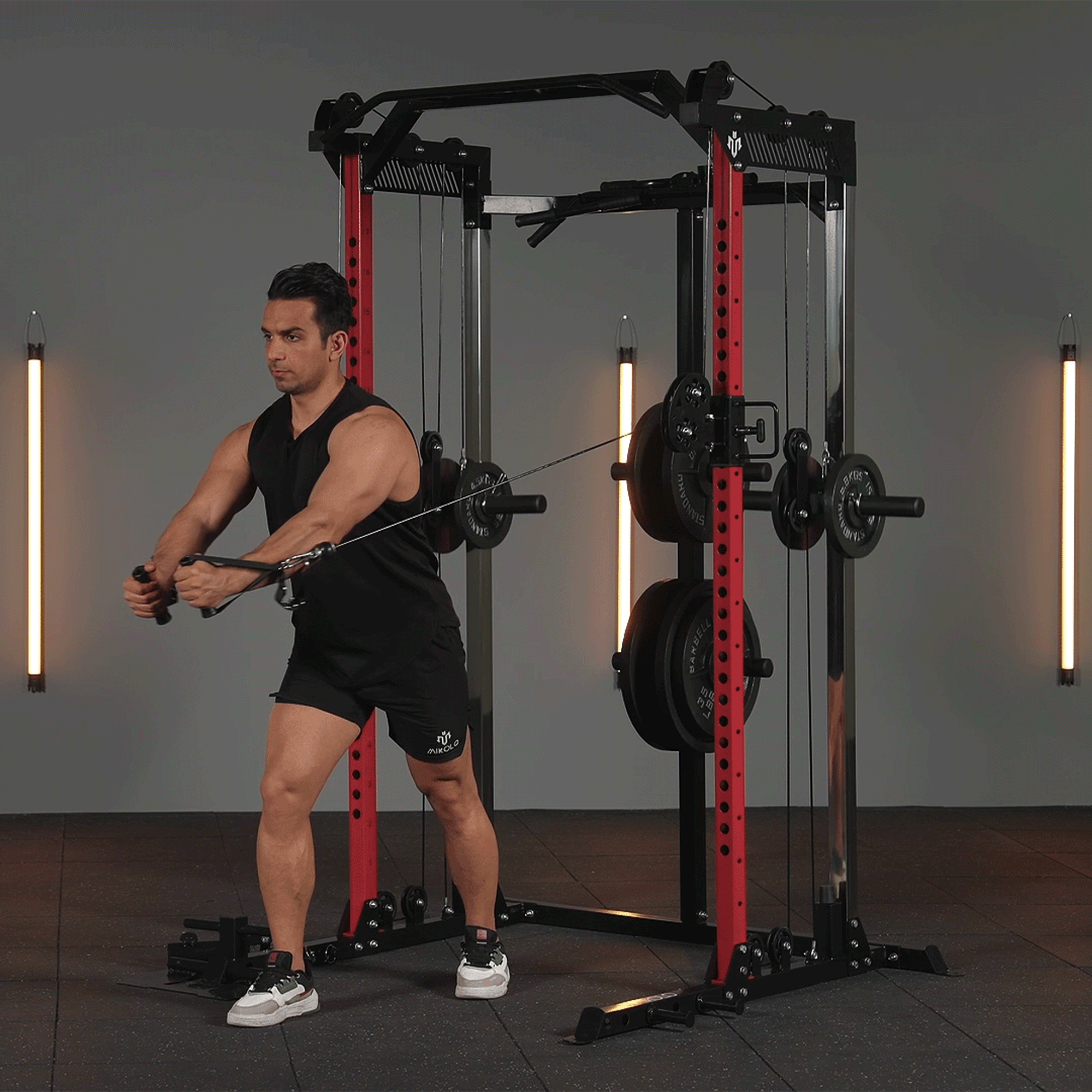




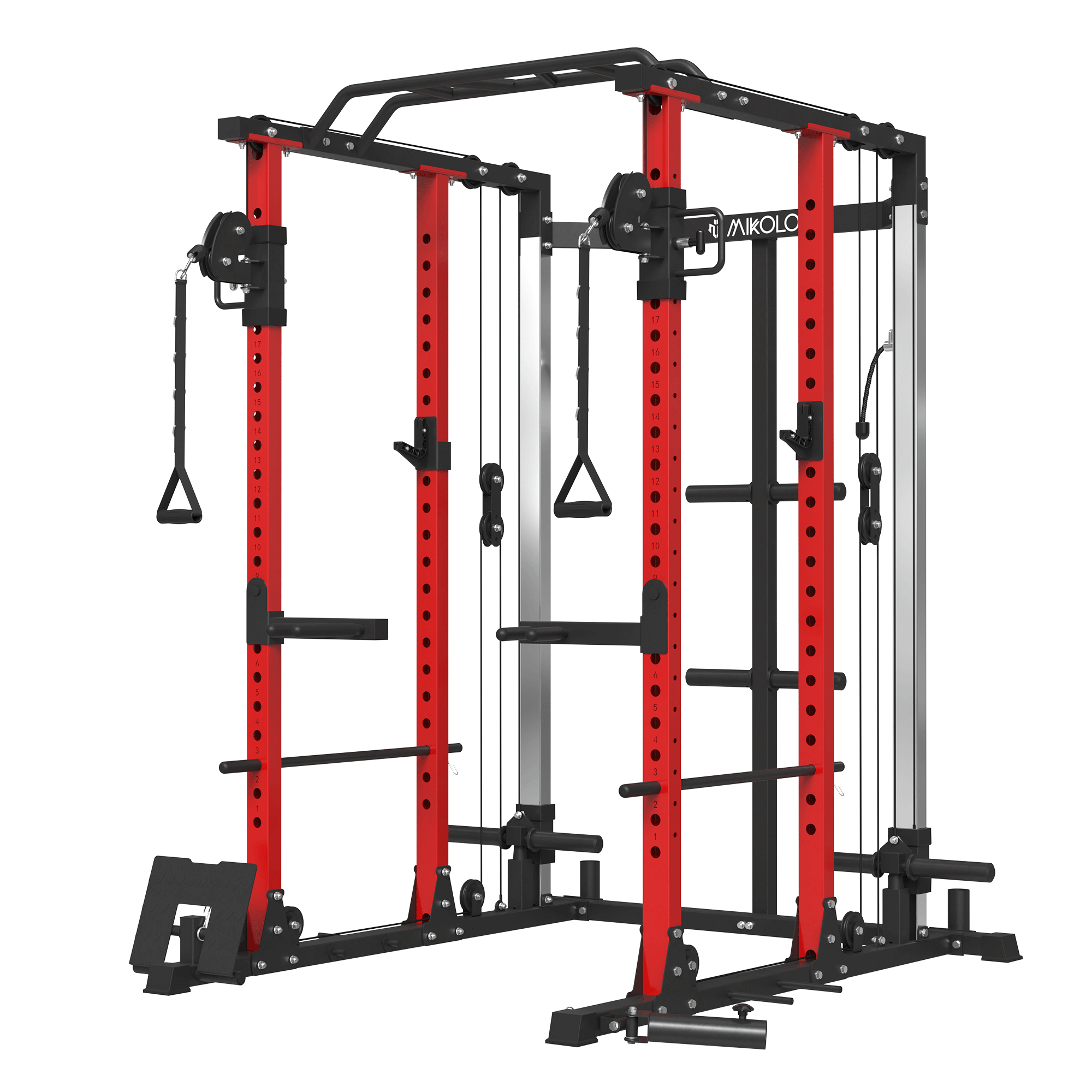















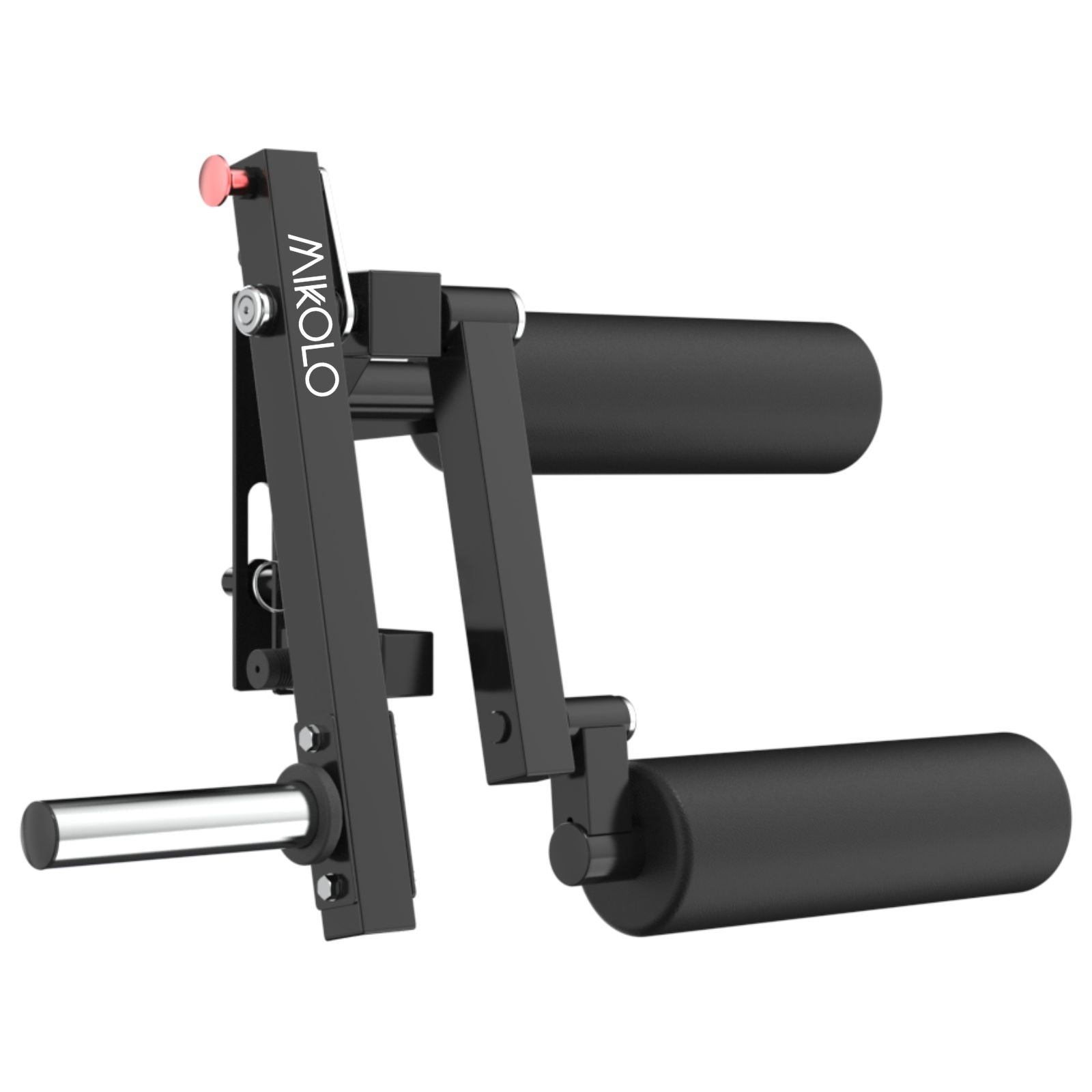





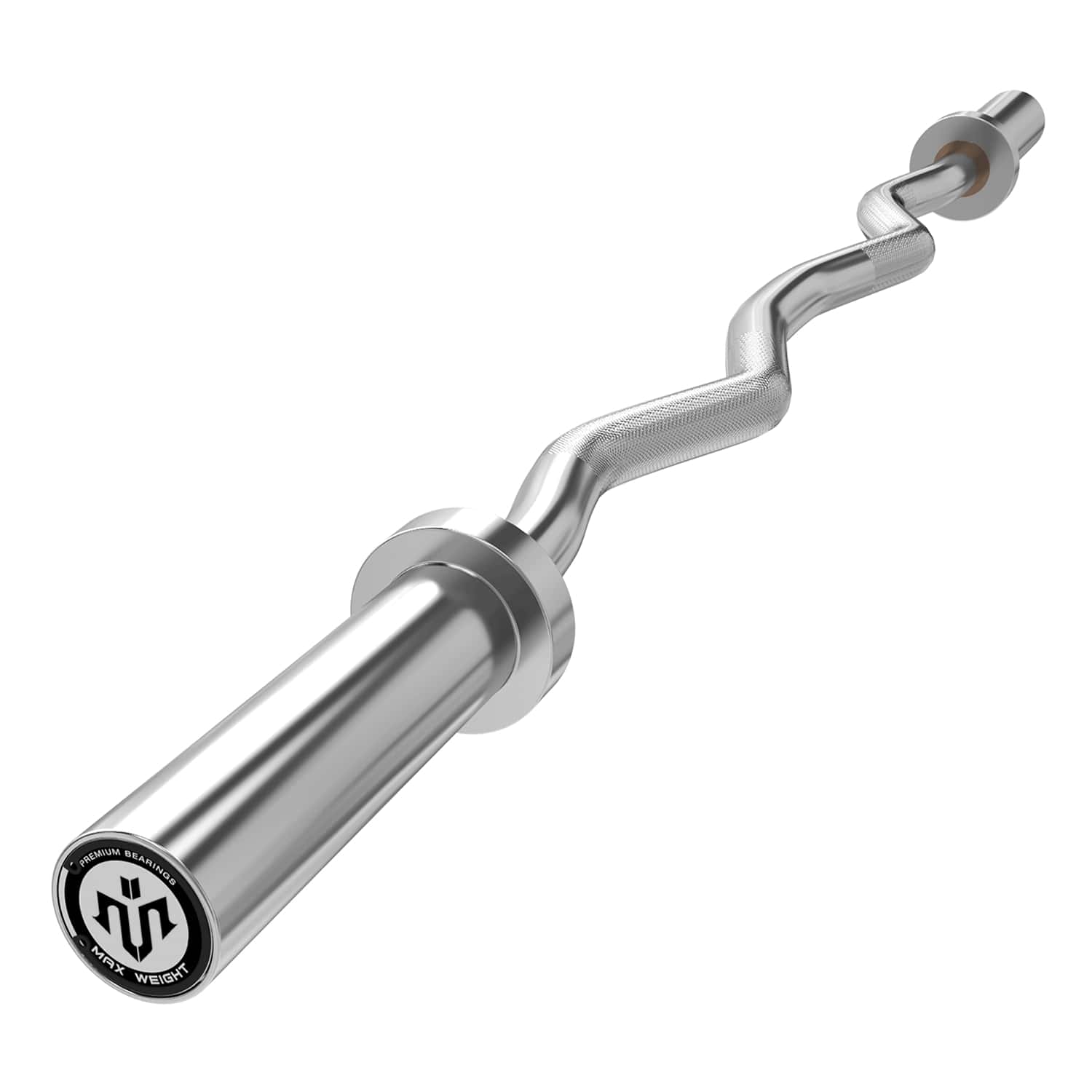



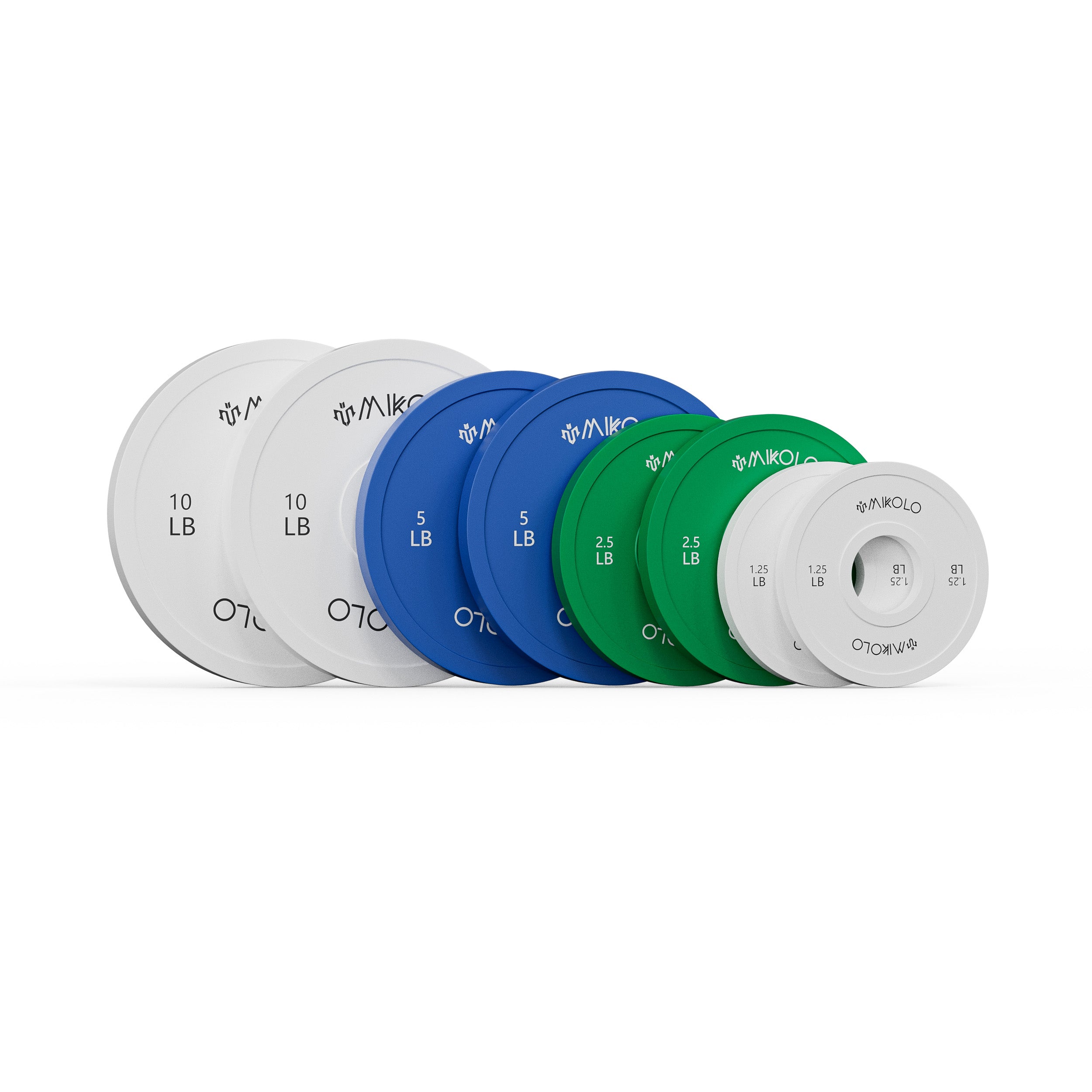



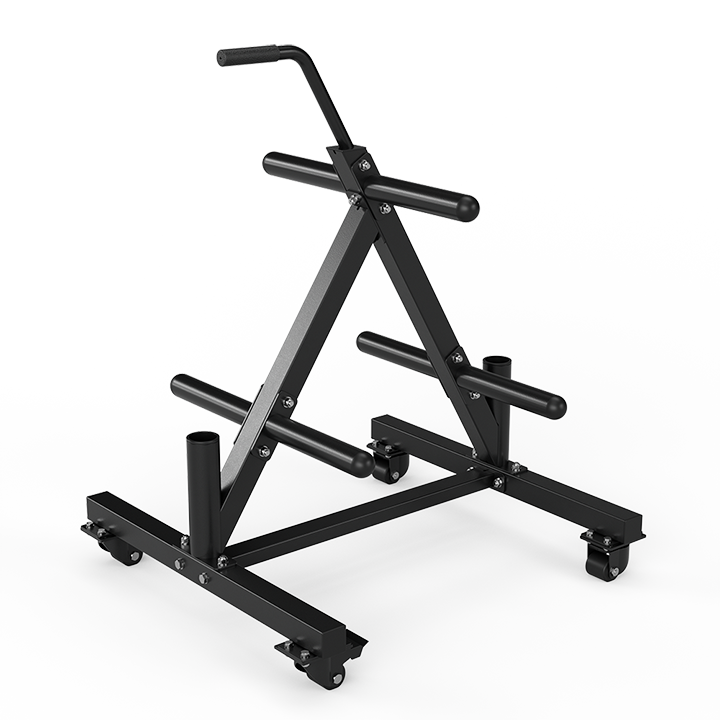
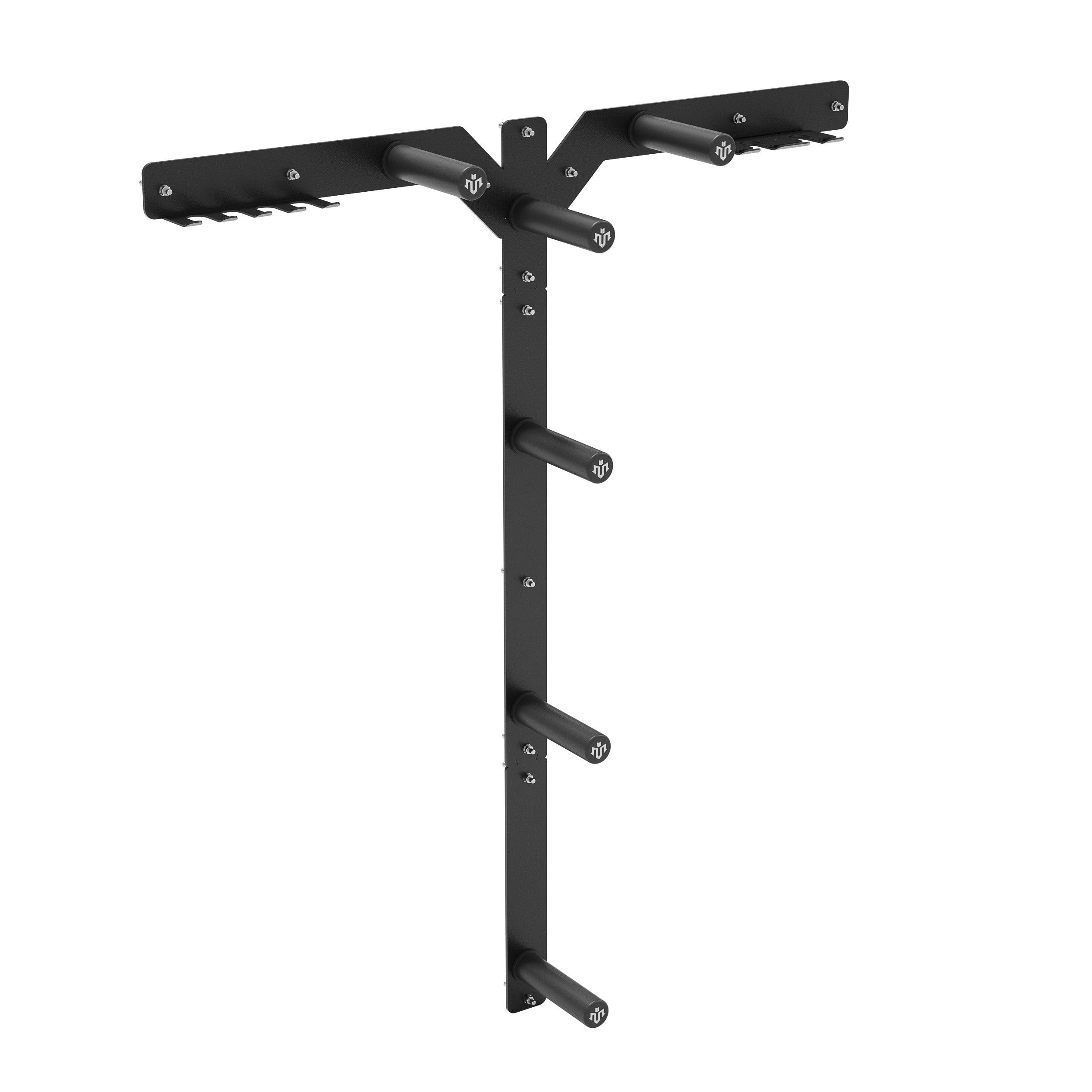
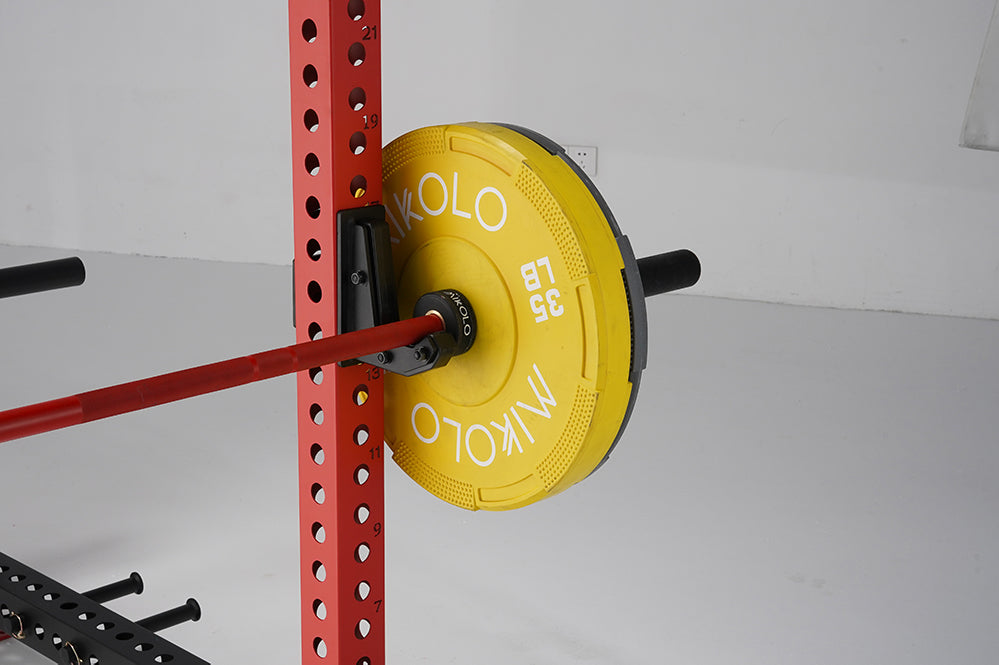
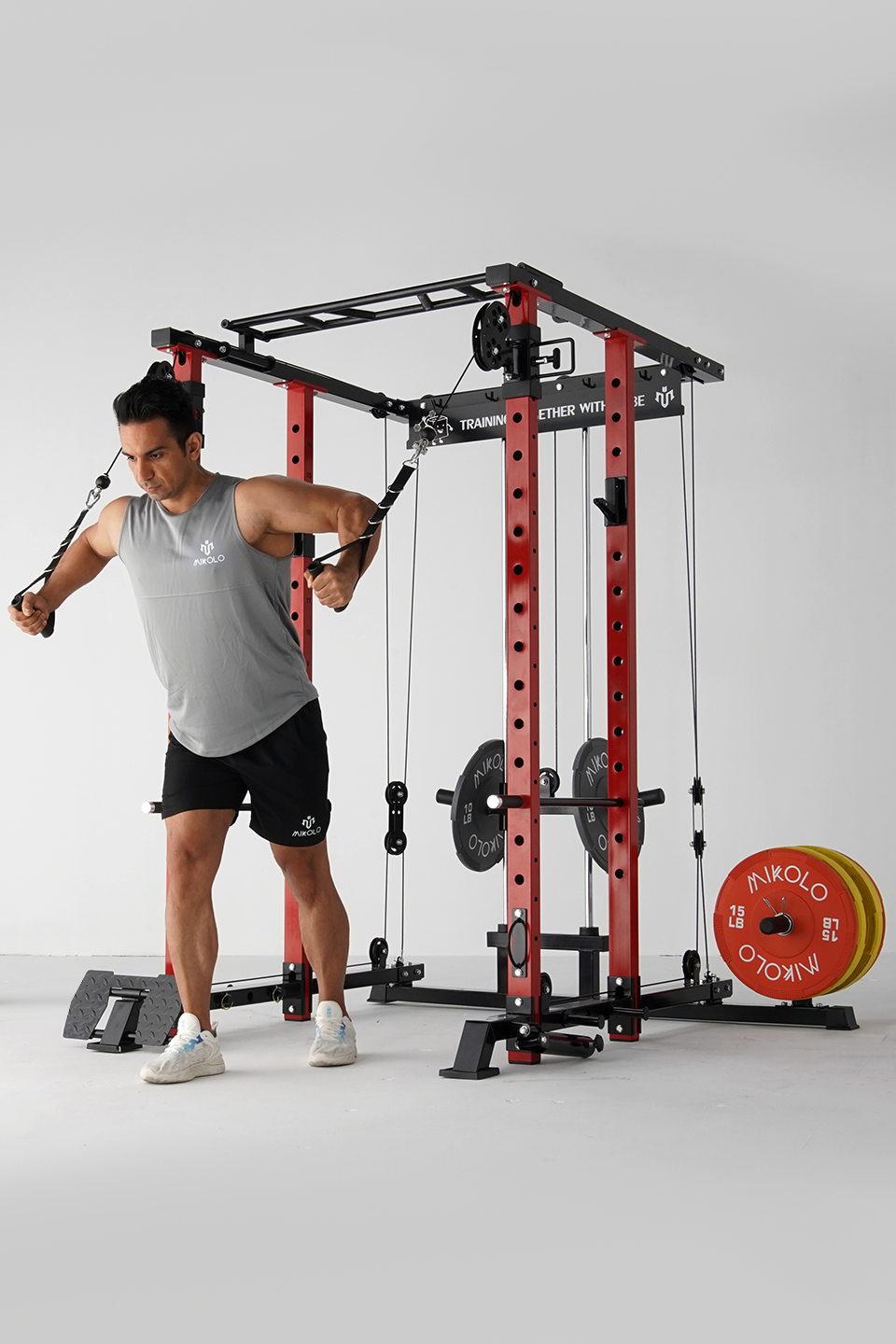
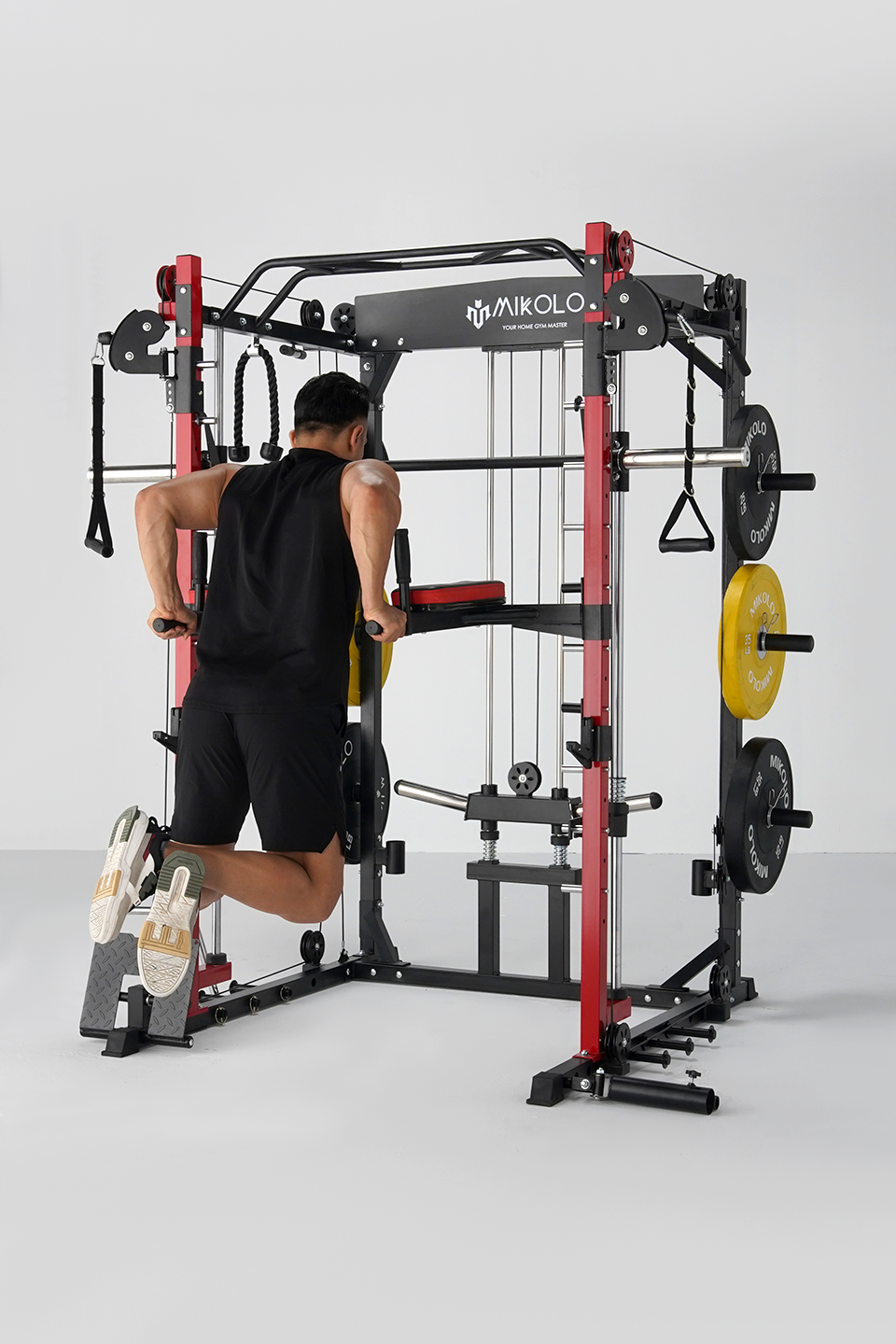


Leave a comment
This site is protected by hCaptcha and the hCaptcha Privacy Policy and Terms of Service apply.